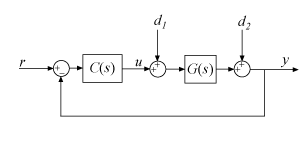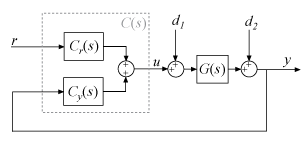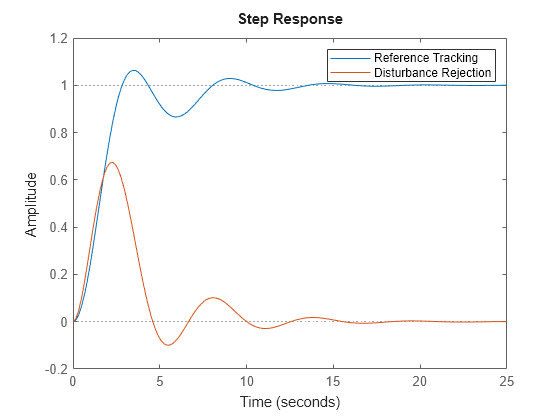getPIDLoopResponse
Closed-loop and open-loop responses of systems with PID controllers
Description
response = getPIDLoopResponse(C,G,looptype)C
and the plant G. The function returns the closed-loop, open-loop,
controller action, or disturbance response that you specify with the
looptype argument. The function assumes the following control
architecture.
When
Cis apidorpidstdcontroller object (1-DOF controller):
When
Cis apid2orpidstd2controller object (2-DOF controller):
Examples
Input Arguments
Output Arguments
Version History
Introduced in R2019a

